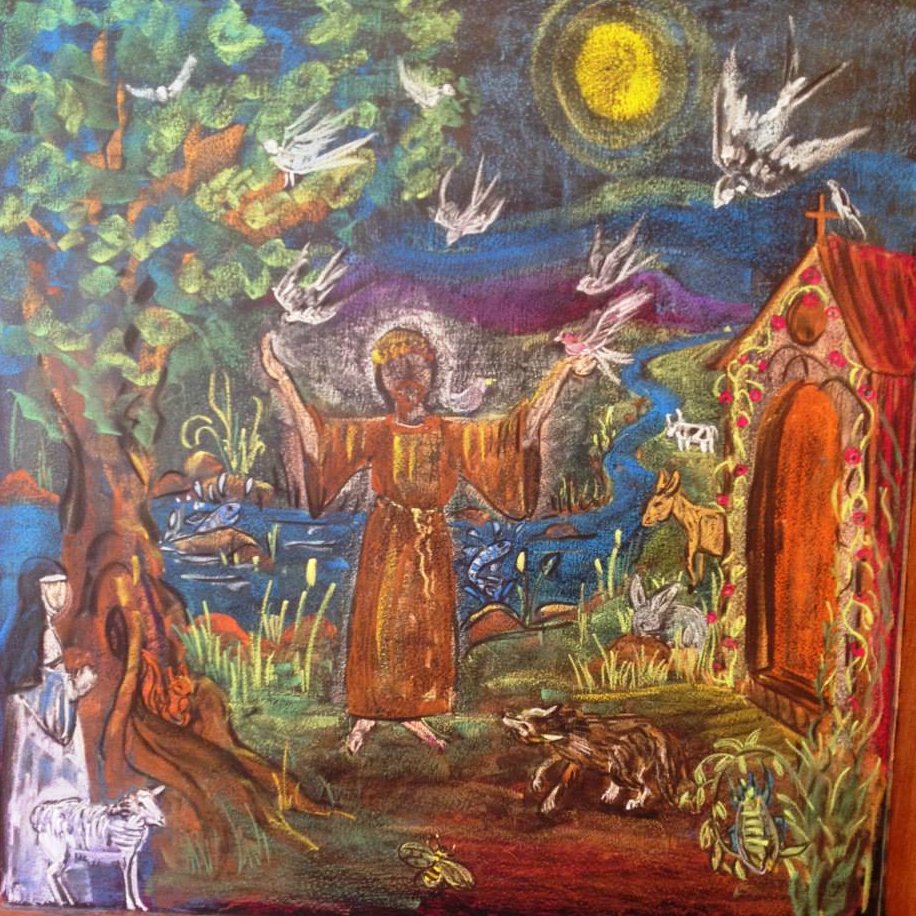The 8 year old child
By Cristina Maria Brigagão Abalos, Dora Regina Zorzetto Garcia and Vilma Lúcia Furtado Paschoa.
The loss of early childhood characteristics is not sudden. When observing an 8-year-old child, some changes can be noticed: he becomes slimmer and moves with greater flexibility. The transformations occur gradually during the first three school years of Elementary School. These form a period that, from a psychological point of view, can be considered a unit.
It is up to the educator to develop what has been acquired up to this stage, introducing into the teaching subject, in an artistic and creative way, great and small truths of life, through narratives. Through the teaching program, he should satisfy and guide the intellectual needs of the students and, at the same time, awaken and develop the forces of creative fantasy, related to feeling and will.
The child matures to become aware of the passage of time: hour, day, week, month and year. This subject is a topic to be worked on in writing and reading, and children can make clocks and calendars. The study of time, of the cycles of nature, is something that brings a certain security to the child, as he perceives that phenomena are always repeated, in a harmonious organization. With lots of color and poetry, the child's gaze is guided by the transformations of nature, including human activity every hour of the day. Here is a precious help for this entry into the world, which the child is making.
Other major themes of the 2nd year of schooling, which meet the aforementioned polarities, are fables and legends.
Fables playfully characterize certain one-sidedness and weaknesses of man. For example: “The Hare and the Tortoise” by Aesop.
The legends already show the man in search of perfection. They are examples of people who have triumphed over the animal side of human nature and who are then rewarded with divine blessings. They can be stories or episodes from the lives of saints, which must be told without any religious or moralizing nature. Great ideals are easily shared by children of this age, and social responsibility begins to be cultivated.
THE THEATER FOR 8-YEAR-OLDS CHILDREN
The choice of play can fall on fables and legends, which constitute a polarity that meets a special moment in the child's development and their specific needs. It is in this context that the practice of theater comes in as an important aid in the deepening of these contents and experiences. Also other themes of the year, such as the study of time or the water cycle, can be dramatized.
PRACTICAL EXAMPLE
We will exemplify the work through a passage in the life of Saint Francis of Assisi, a well-known story, transformed into a text for theater with the name “São Francisco e o Lobo de Gubbio”.
Before telling it to the children, the figure of this saint is placed and the wolf is characterized, which certainly appeared in other fables told previously. What is important, in the realm of theater, is not the physical description, much less scientific details, but the characteristics of the animal: its behavior, habits, gestures, the environment in which it lives and hides, its coexistence with other animals, etc. A colorful and quite adjective description, which can introduce a little poetry about the animal, which will be accompanied by characteristic gestures, which will integrate the rhythmic part of the class.
With the children already familiar with the wolf, the story is told.
The next day, students are asked to retell it in their own words. Then they can draw freely, or inspired by a beautiful drawing the teacher made on the blackboard. It is not so much the aesthetics of the forms that matter here, but, much more, the emotional atmosphere characterized through the colors; it will help to awaken in the student the atmosphere of the story. For example, the smooth silhouette of San Francisco could be set against a harmonious blue and yellow background, while the shivering silhouette of the wolf would be in a red environment, with a few hints of purple.
Only after all this experience does the dramatization itself begin, using a text, preferably rhymed, rhythmic and simple, as found in this book.
The editing process is still the same as in the 1st year: in the rhythmic part of the class, all the children memorize the entire text, always accompanied by gestures led by the teacher or, later, by the children; they all go through the experience of being sometimes Saint Francis, sometimes the wolf, in groups, until the final montage, when you can have a choir as narrator, several Saint Francis, several wolves, the wall that surrounds the city also formed by children, the villagers, sheep etc.
In the costumes, one can characterize what is essential in the legend, that is, the snout of the wolf, the simple clothes of Saint Francis (perhaps burlap or sack of flour), the children of the wall can hold a large gray cloth, the little ears of sheep attached to tiaras, and so on.
In the gestures, the contrasts between the aggressive movements of the wolf and the serene posture of San Francisco are characterized.
In the setting, still predominantly with cloth, the environment is explored through the quality of the colors; the songs can already have a greater range of sounds and, in this as in other dramatizations, some more mature children can already have small individual lines, formed by short phrases.
Throughout this process, care must be taken to ensure that the language is well articulated, rich and expressive, always promoting the transition from popular and colloquial to cultured language. Tongue twisters, diction games and alliteration are good resources to improve the articulation of sounds, helping in the development of oral and written language.
This piece, “São Francisco e o lobo de Gubbio”, is chosen by many teachers as the conclusion of the 2nd school year, as it presents precisely the meeting of the two polarities mentioned at the beginning of the approach of this 2nd year, a harmonization, a balance that is desired what has happened inside each child.
***




